- Home
- 16 Federal States of Germany
- Hamburg Travel Guide
Discover Hamburg: A Travel Guide to Germany’s Gateway to the World
By: Eran Fulson / Traveler & Blogger / After 15+ years of travel across North America and Europe, I now help travelers experience Germany beyond the guidebooks with firsthand tips and cultural insights.
Published: April 21, 2025
Hamburg isn’t just Germany’s second-largest city — it’s also one of the country’s 16 federal states (Bundesländer). This Hamburg travel guide I've compiled will show you why this northern powerhouse deserves a spot on your Germany itinerary — from historic ports and scenic waterways to vibrant neighborhoods and legendary nightlife.
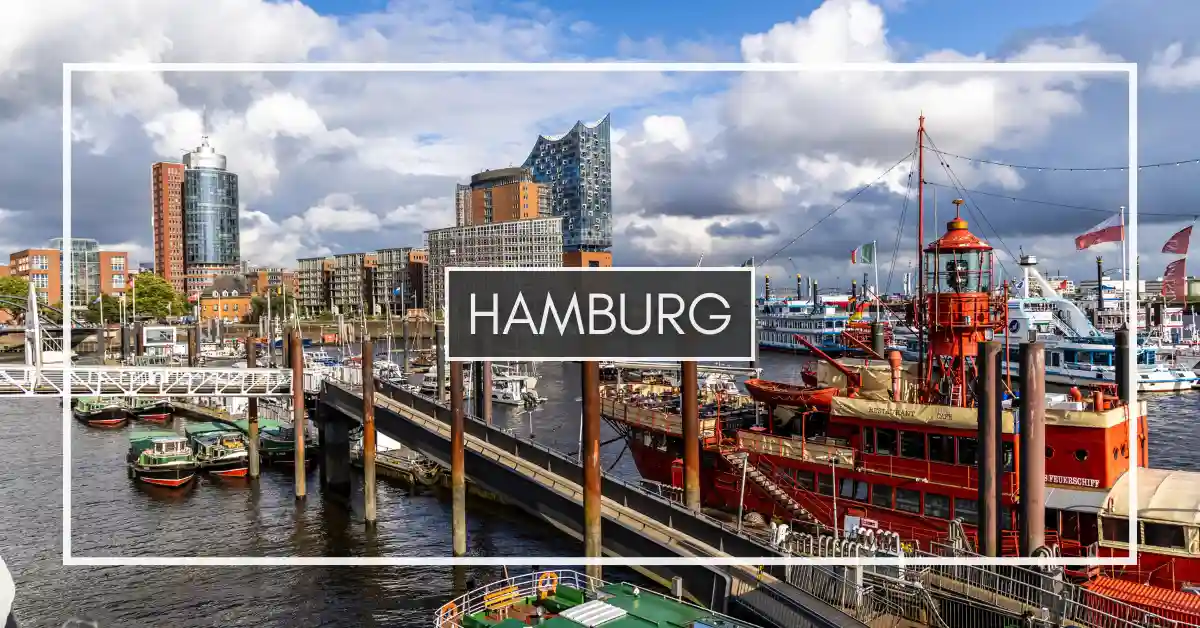
On this page:
Hamburg Fast Facts
- State Status: City-State (Freie und Hansestadt Hamburg)
- Population: ~1.9 million
- Government: Own parliament & senate
- Fun Fact: One of only 3 city-states in Germany (alongside Berlin & Bremen)

A Brief (and Surprisingly Interesting) History
Hamburg didn’t just pop up one day between a canal and a currywurst stand. Its origin story starts in the 8th century when Charlemagne (a man who never met a fort he didn’t want to build) perpetuated a long-standing rivalry with Slavic raiders. From there, it was full sail ahead:
- 834: Elevated to archbishopric status. Religious power move.
- 1189: Given port tax exemptions by Emperor Frederick Barbarossa. Traders rejoice.
- 1321: Joins the Hanseatic League and becomes rich. Think 14th-century Wall Street, but wetter.
- 1510: Officially declared a Free Imperial City.
- 1618-1648: Avoids the Thirty Years’ War. Hamburg's unofficial motto: neutrality and naps.
- 1871: Joins the German Empire. Keeps an envious amount of independence.
Fast forward through two world wars and a British post-war occupation, and we arrive at 1949. That’s when Hamburg was confirmed as one of West Germany’s three city-states. Reunification in 1990 didn’t change that.
Today, Hamburg is officially the "Free and Hanseatic City of Hamburg," a federal state with its own parliament, senate, and more than enough bridges to make Venice nervous.
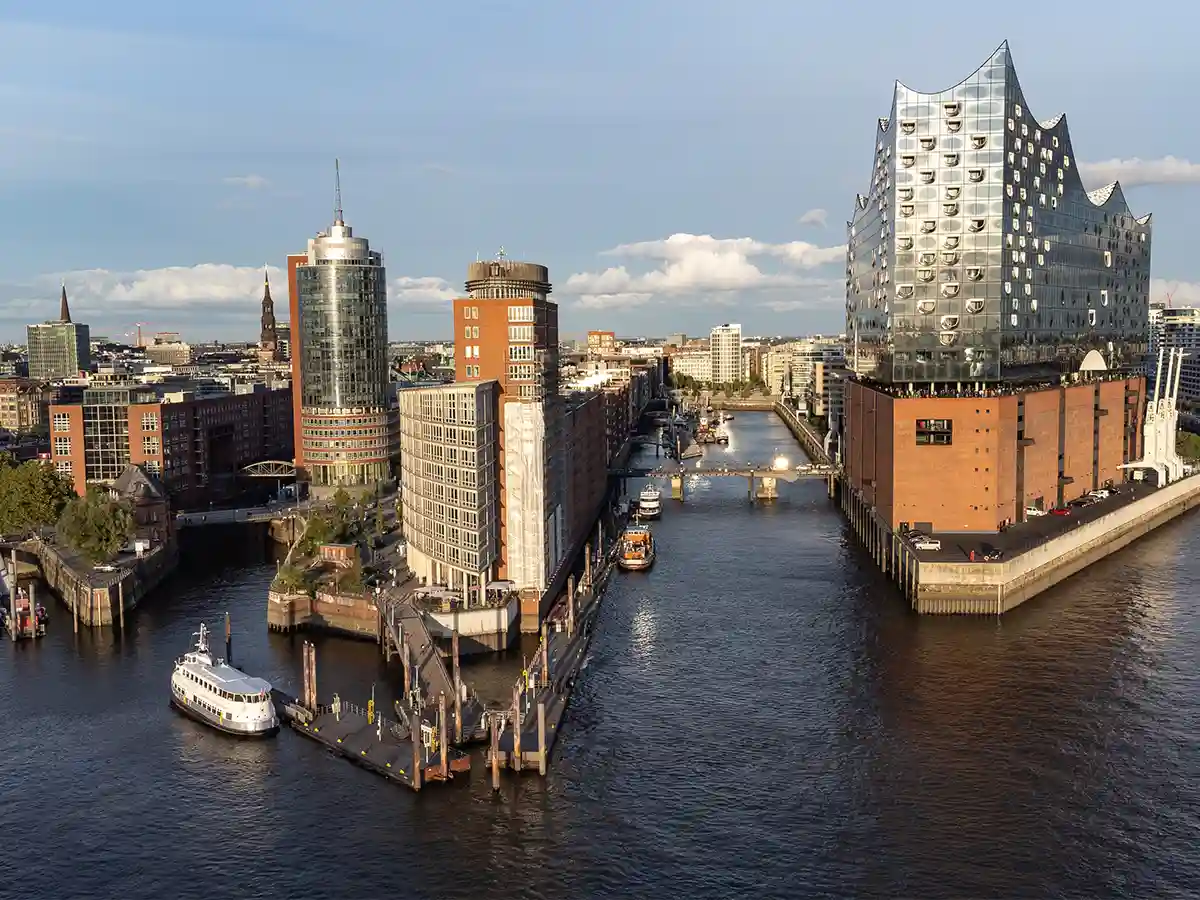
Where is Hamburg? (And Why It's Worth Visiting)
Hamburg sits in northern Germany on the River Elbe, about 100 kilometers (or 60 miles) from the North Sea. It’s one of the best places among Germany's 16 federal states for travelers seeking a mix of maritime history, modern attractions, and cultural charm.
Quick Geography Breakdown:
- Area: 292 mi² (about the size of New York City)
- Climate: Maritime temperate. Bring a rain jacket. Actually, bring two. And an umbrella. Plus sunscreen.
- Neighborhoods: Seven boroughs and 104 districts. Some posh, some punk, all uniquely Hamburg.
- Landscape: Canals, lakes, rivers, parks, and a whole lot of boats.
Hamburg is also famous for having more bridges than Amsterdam and Venice combined — over 2,500 of them.
Hamburg's Culture: Maritime Traditions Meets Modern Vibes
Hamburg doesn’t scream for attention. It simply opens the door, nods, and lets its understated charm do the talking. Culturally, it’s a blend of historic pride, seafaring tradition, and "cool without trying" energy.
Festivals Worth Experiencing in Hamburg:
- Reeperbahn Festival: Europe's biggest club fest. Expect more bass than sleep.
- Hamburg DOM: Northern Germany's largest funfair.
- Hamburg Port Anniversary (Hafengeburtstag): Ships, fireworks, and very enthusiastic sea shanties — see the video below for 2024's edition of this maritime funfest.
What to Eat in Hamburg:
- Labskaus: Corned beef, mashed potato, beetroot, and herring. Tastes better than it looks.
- Franzbrötchen: Like a German cinnamon roll, but better. Eat three.
- Aalsuppe: Supposedly eel soup. Frequently contains zero eel.
- Rote Grütze: Berry dessert with vanilla sauce.
- Astra Beer: Locally brewed. Budget-friendly. Slightly rowdy.
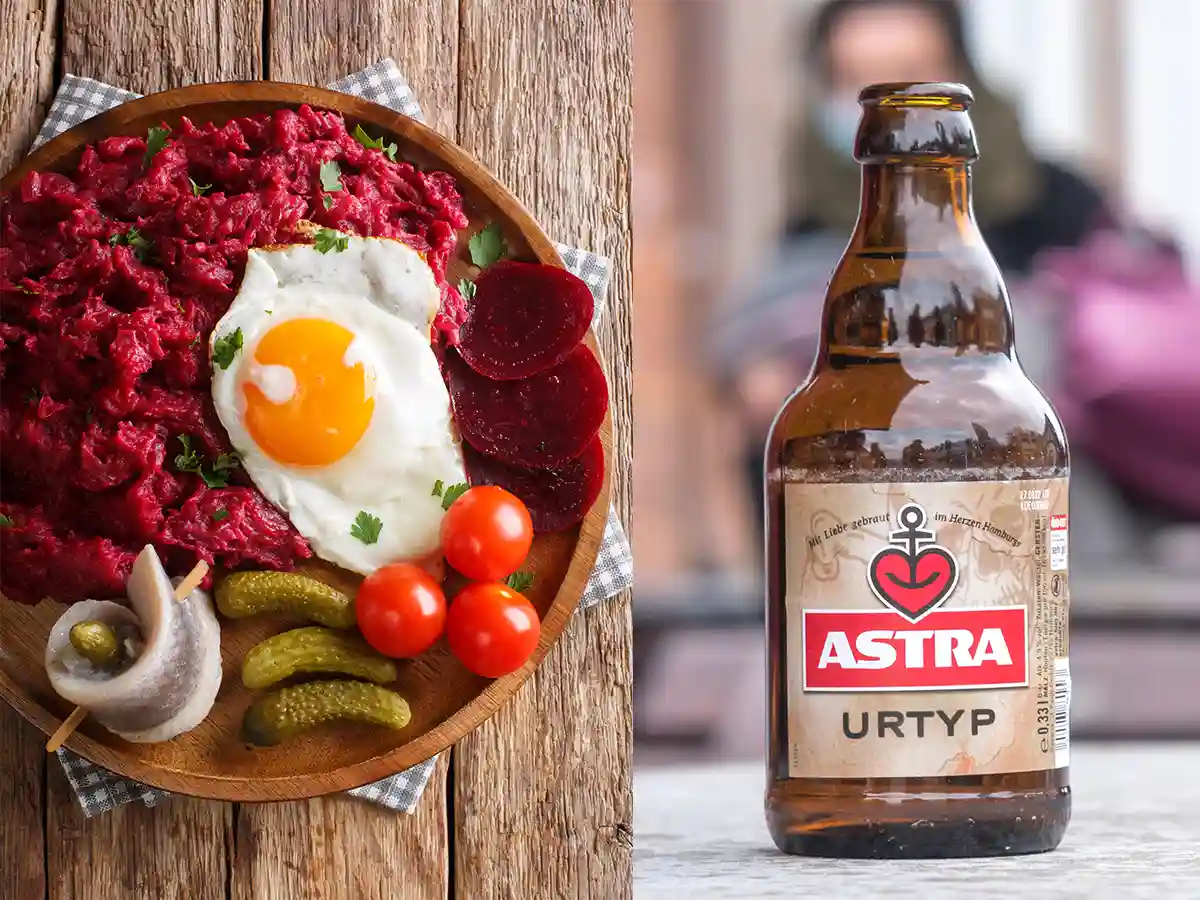 Labskaus with a bottle of Astra to finish.
Labskaus with a bottle of Astra to finish.Top 5 Places to Visit in Hamburg
Hamburg is a city that rewards curious wanderers. Whether you're into architecture, history, or just really good waterfront views, these are the must-see places that capture the heart of Hamburg.
1. Speicherstadt & HafenCity
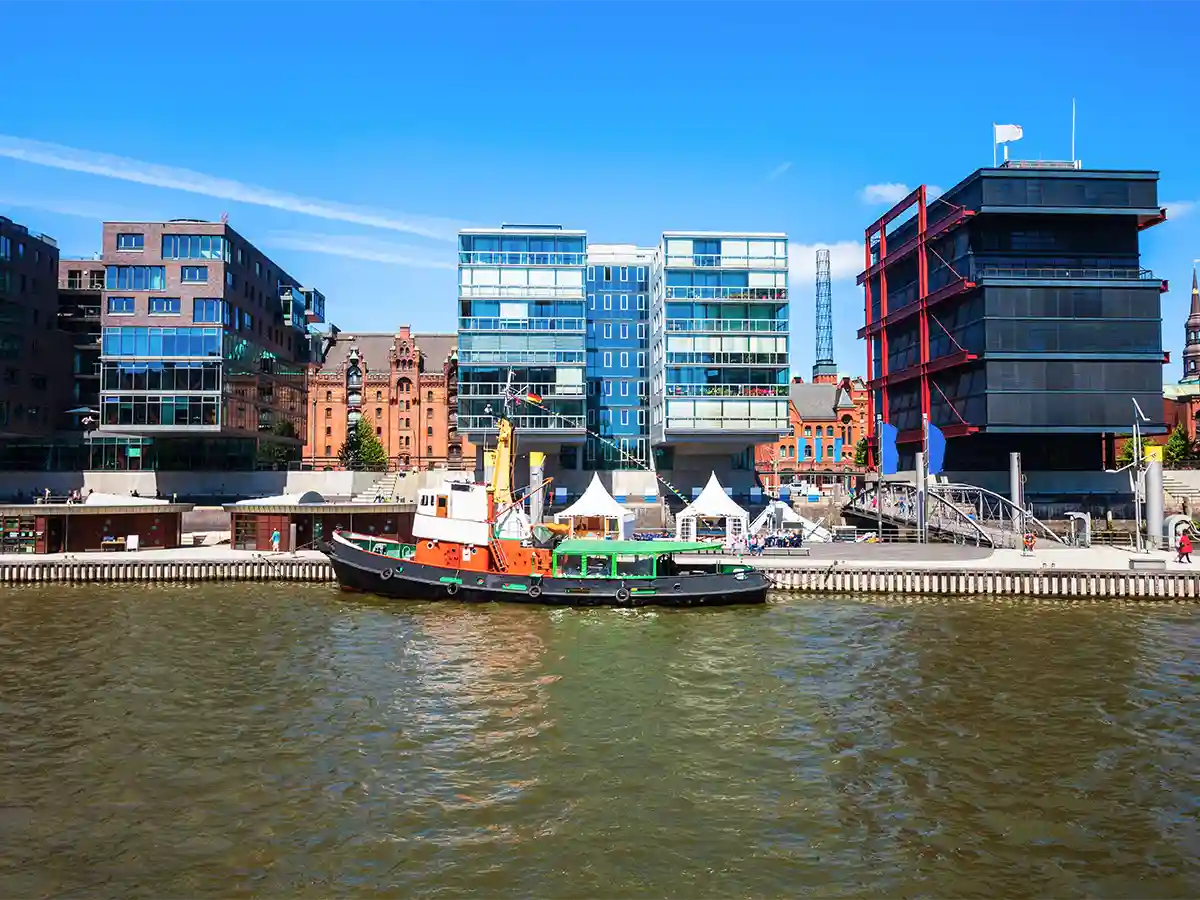
Start your visit with a walk through Speicherstadt, the largest warehouse district in the world and a UNESCO World Heritage Site. Red-brick Gothic Revival warehouses line narrow canals, giving it a moody, cinematic feel (especially at dusk). Next door, HafenCity is Hamburg's futuristic playground — sleek glass buildings, open plazas, and the city’s bold vision of urban living on the water. Bring your camera. And your wallet — the cafés here know what they've got.
2. Elbphilharmonie
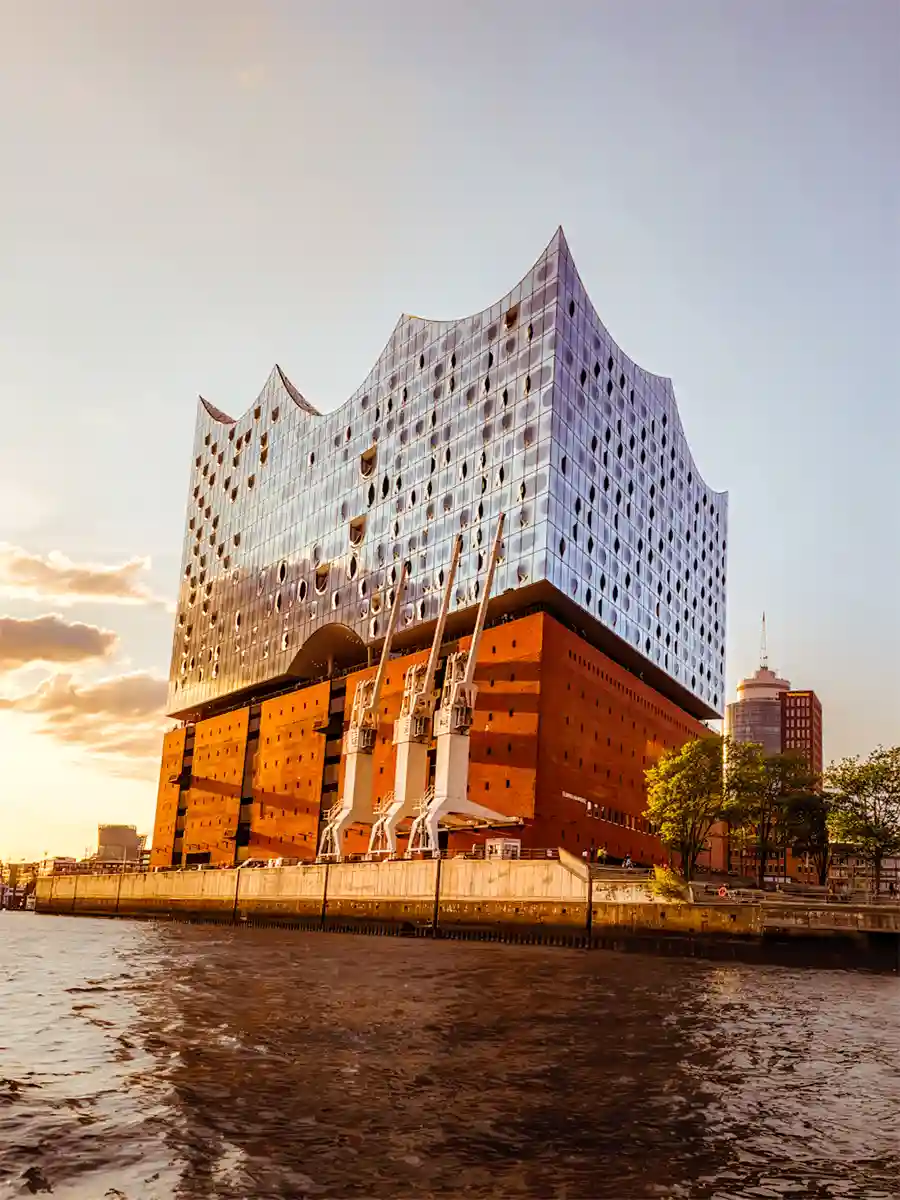
Even if you're not into classical music, the Elbphilharmonie is worth a visit. This concert hall has become Hamburg's architectural calling card, with a striking glass structure that sits atop an old warehouse like a shimmering wave. Take the curved escalator to the public plaza for panoramic views of the harbor. Concert tickets sell out fast, so book ahead if you're keen.
3. St. Pauli & the Reeperbahn
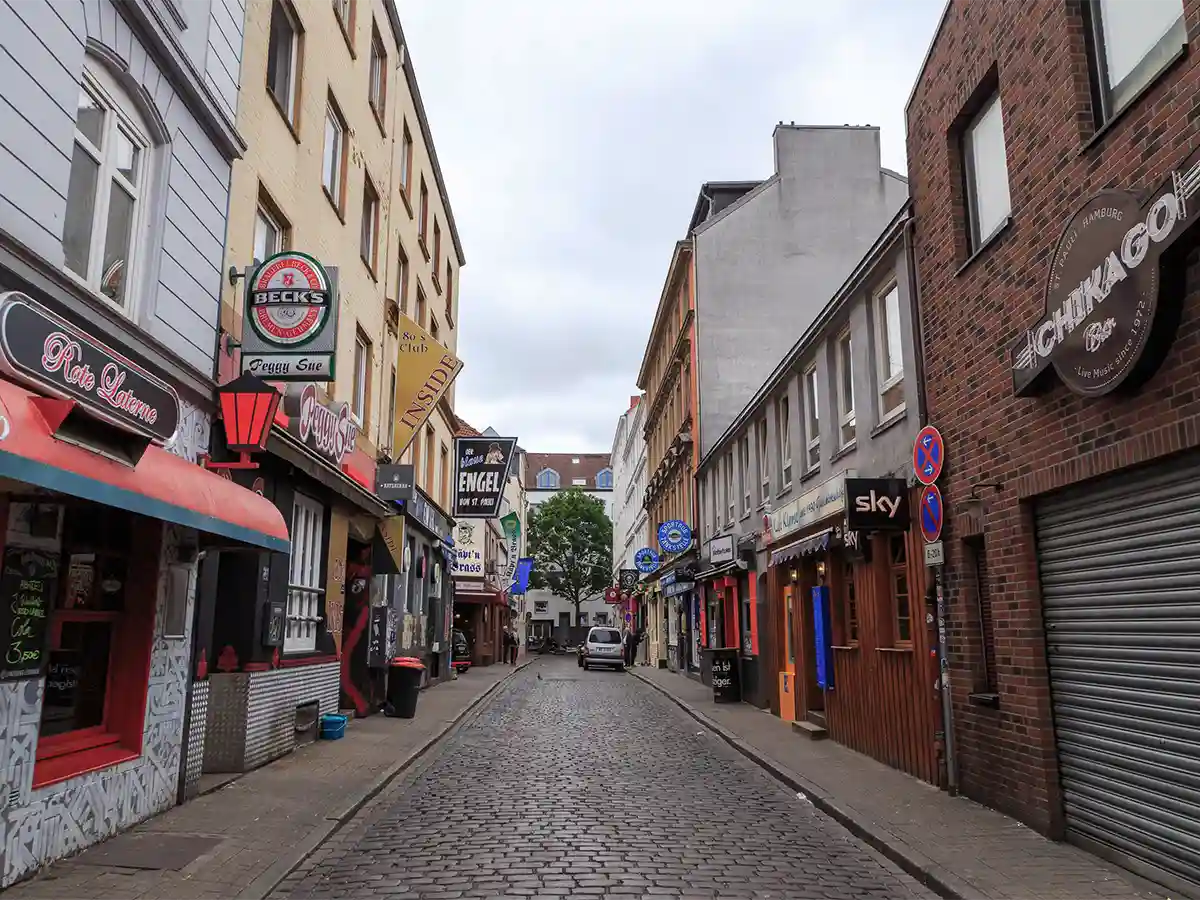
Hamburg's most infamous district is more than just its neon-lit nightlife. St. Pauli is packed with history, music venues, quirky bars, and street art. The Reeperbahn was once the Beatles' stomping ground before they hit it big. Today, it's a mix of rowdy party street, alternative culture hub, and unexpectedly charming side streets. Go for the atmosphere, stay for the stories.
4. Alster Lakes
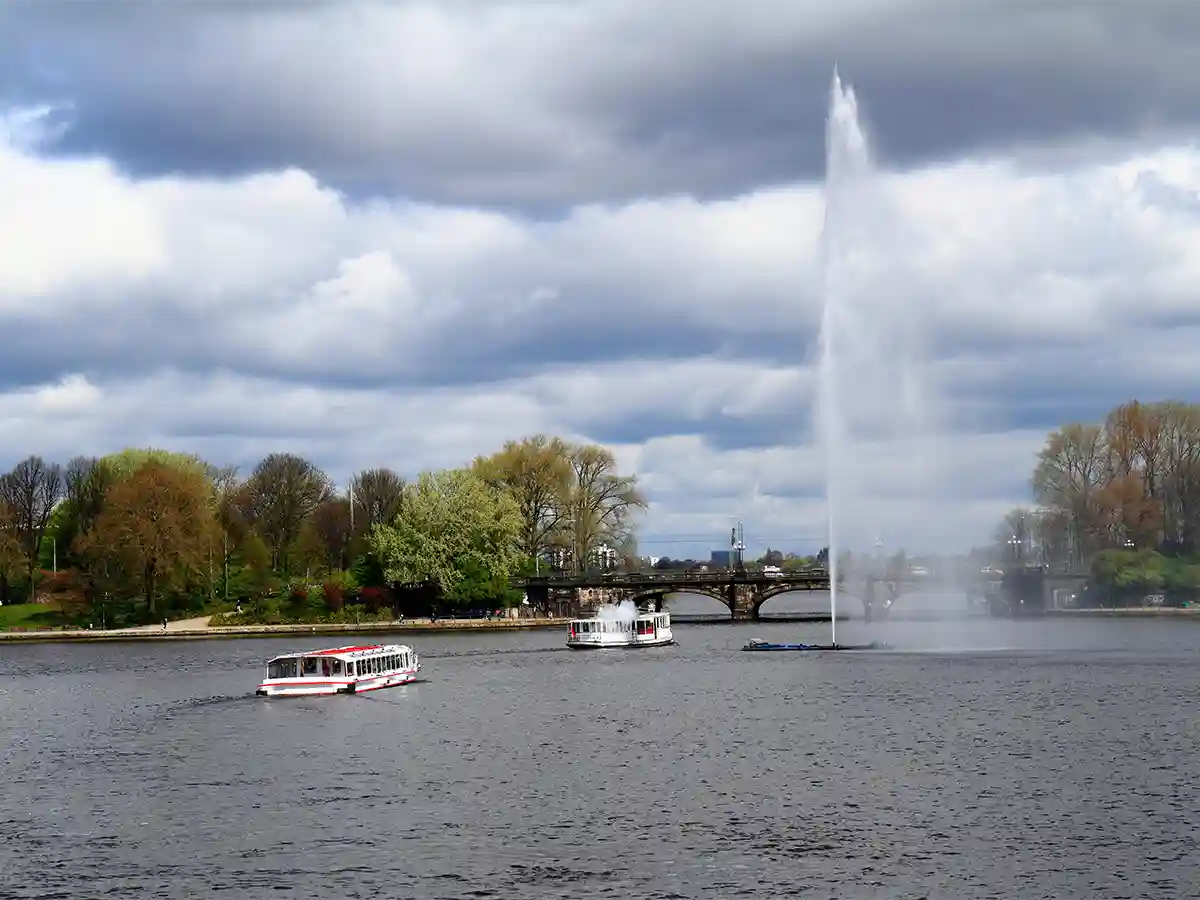
In the very center of Hamburg, you'll find the Binnenalster and Außenalster — two lakes formed by the Alster River. Locals come here to jog, sail, paddleboard, or just lounge in one of the many waterside cafés. It's the perfect place to take a breather from sightseeing and appreciate how green and liveable Hamburg really is.
5. St. Michaelis Church (Der Michel)
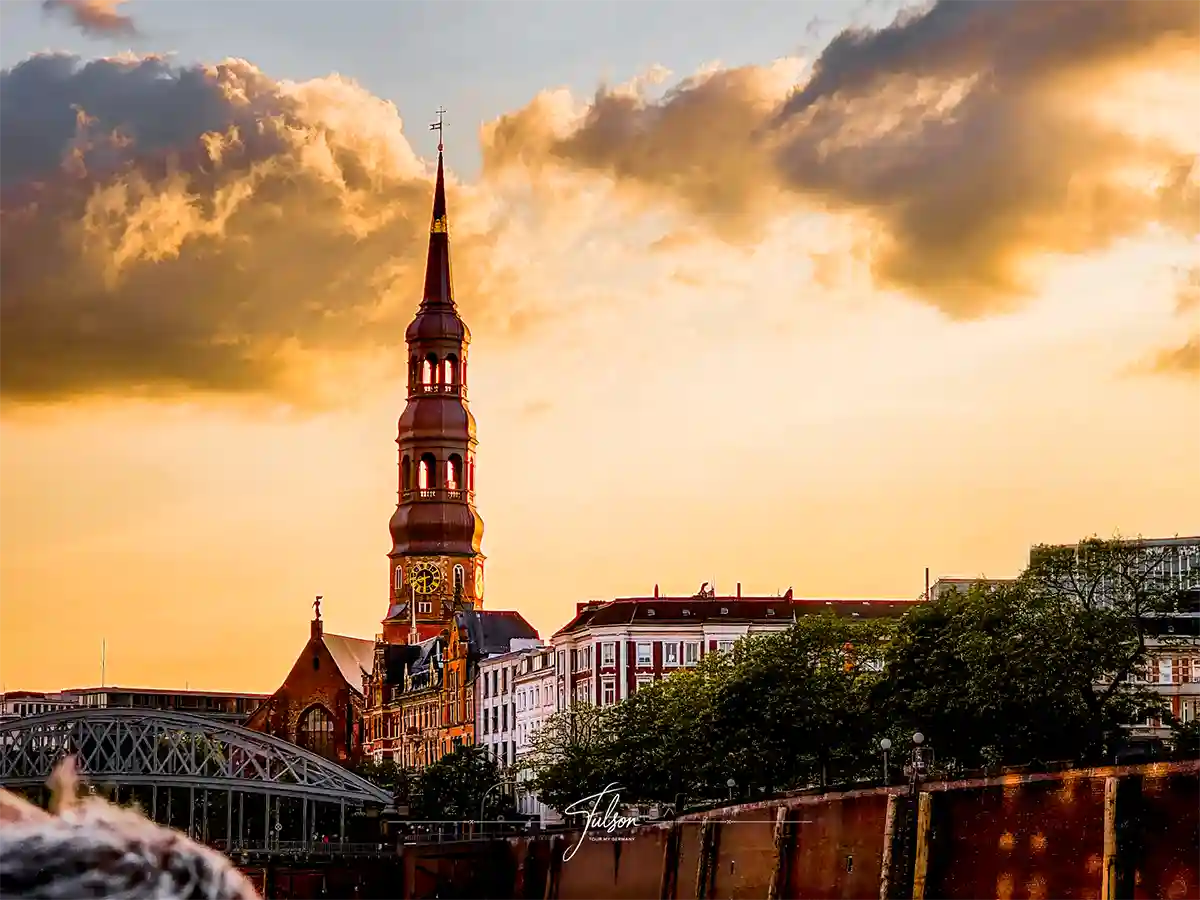
Der Michel is Hamburg's most iconic church, with a baroque interior and a viewing platform that offers arguably the best view over the city and harbor. The climb up is steep (or you can take the elevator), but it's well worth it. Fun fact: sailors used to set their watches by the clock tower here before leaving port. You can still hear its bells echoing through the city today.
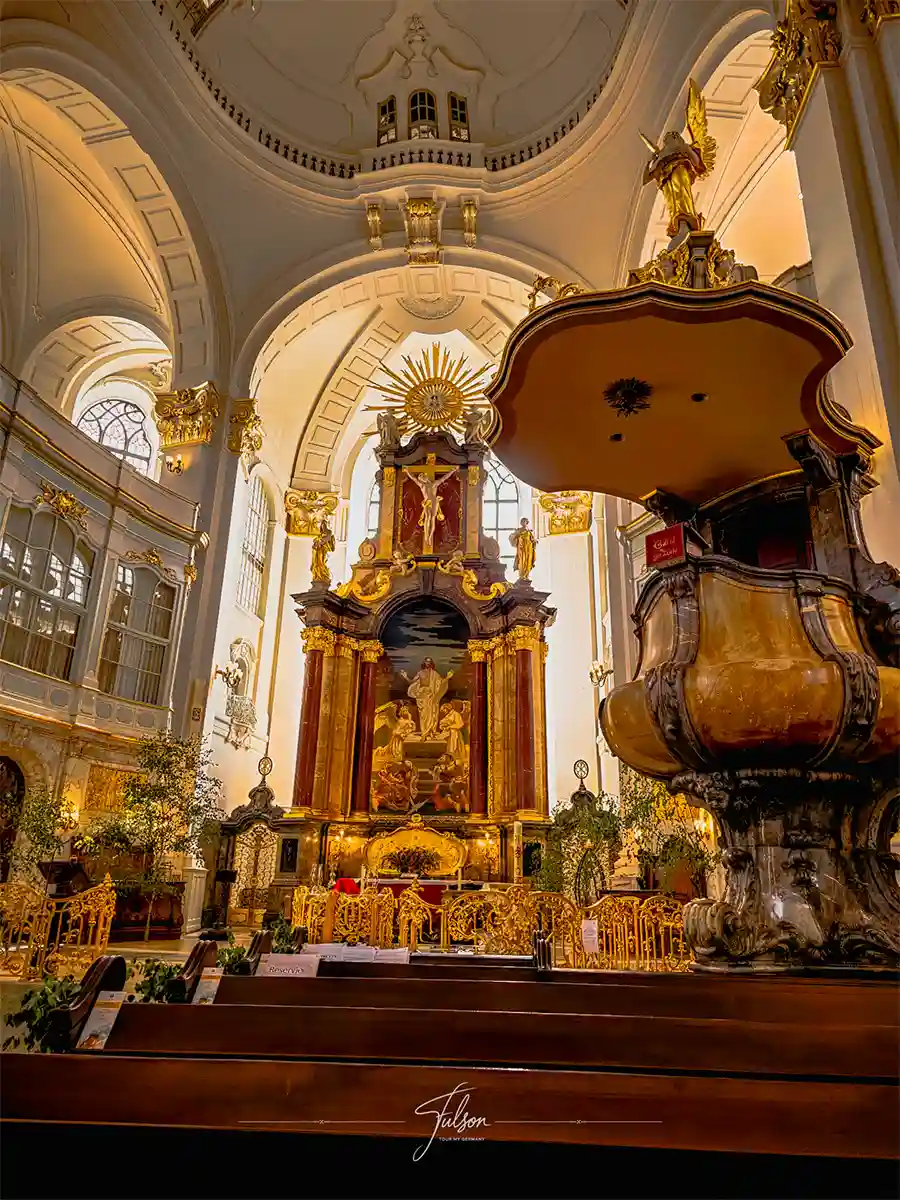
When to Visit Hamburg & How to Get Around
Best Time to Visit Hamburg:
- Spring (Mar-May): Parks bloom. Outdoor cafes open. Allergy meds required.
- Summer (Jun-Aug): Peak festival season. Lots of tourists.
- Autumn (Sep-Nov): Fewer crowds. Golden foliage. Cozy pubs.
- Winter (Dec-Feb): Christmas markets. Chilly weather. Festive vibes.
Getting Around Hamburg:
- Public transport is excellent. Grab a Hamburg CARD for unlimited rides on trains, buses, and ferries.
- Hamburg is also bike-friendly with lots of dedicated cycling paths.
- Don't skip the boat tours — it’s one of the most scenic ways to see Hamburg.
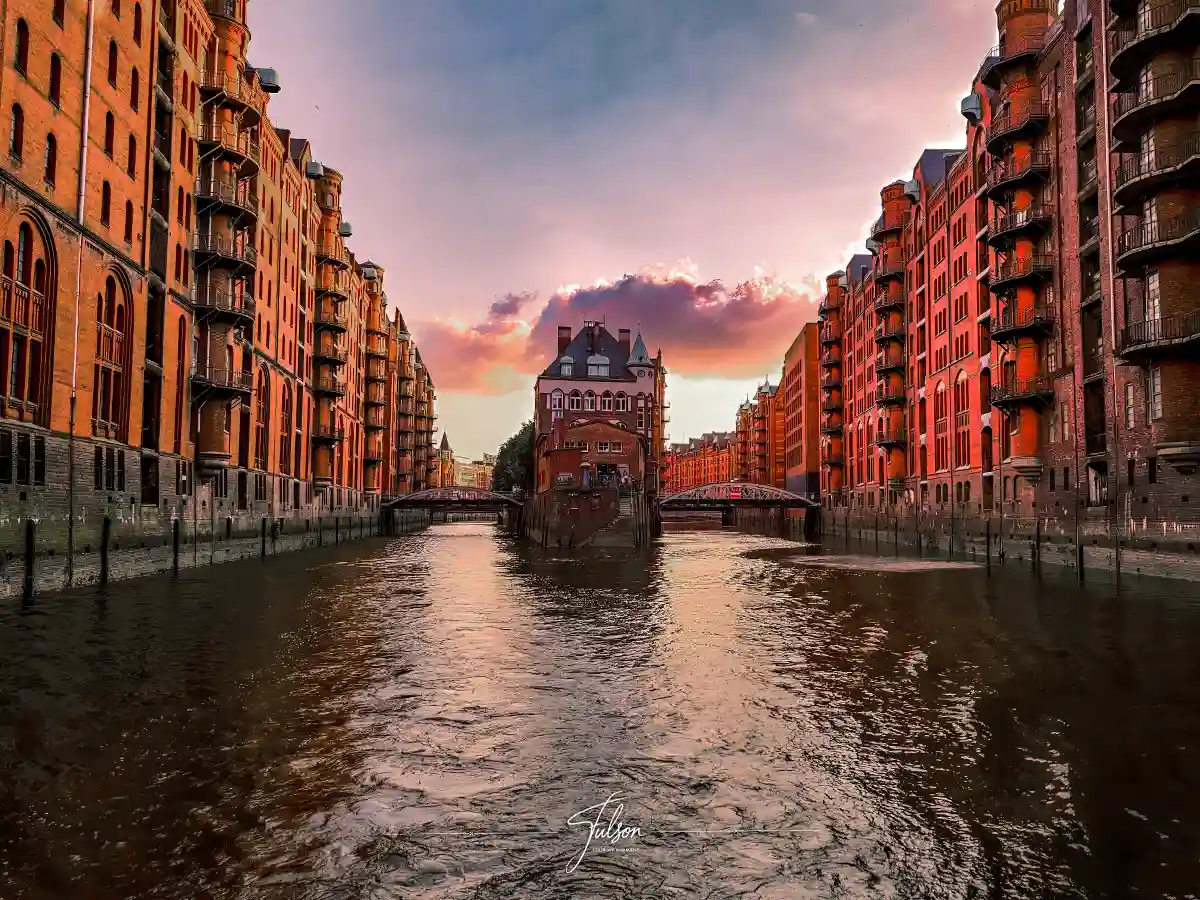
Speak Like a Hamburger (Local Tips & Phrases)
Knowing a few phrases will earn you major points:
- "Moin" — Hello. Anytime, anywhere.
- "Digger" — Mate or buddy.
- "Schietwetter" — Bad weather. Use often.
- "Tschüss" — Bye!
Hamburgers are friendly once you break the ice. A simple "Moin" works wonders.
Where to Stay in Hamburg
Choosing where to stay in Hamburg depends on your travel style. Here's a quick guide to the best neighborhoods in Hamburg for visitors:
Altstadt & Neustadt
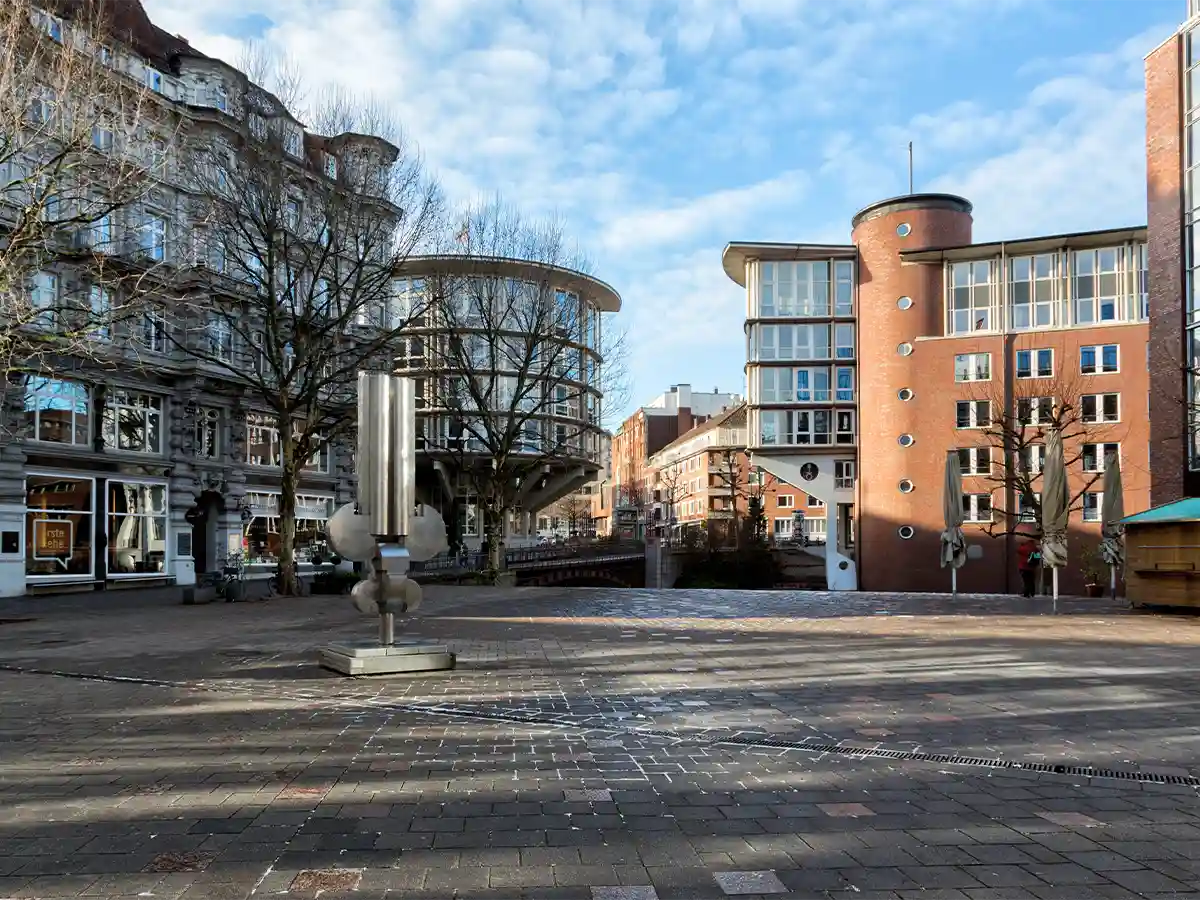
Perfect for first-time visitors who want to stay close to Hamburg's top attractions. You'll be within walking distance of historic landmarks, the Alster Lakes, and major shopping streets like Mönckebergstraße. Expect a mix of hotels, from upscale chains to stylish boutique options. This is the convenient, central Hamburg experience — without having to master public transport maps.
St. Pauli
Hamburg's legendary nightlife district. St. Pauli is gritty, energetic, and a little rough around the edges — in the best possible way. It's famous for the Reeperbahn (bars, clubs, and neon lights), but it's also home to music venues, street art, and casual eateries. If you're here to stay out late and sleep in later, this is your place.
Eimsbüttel
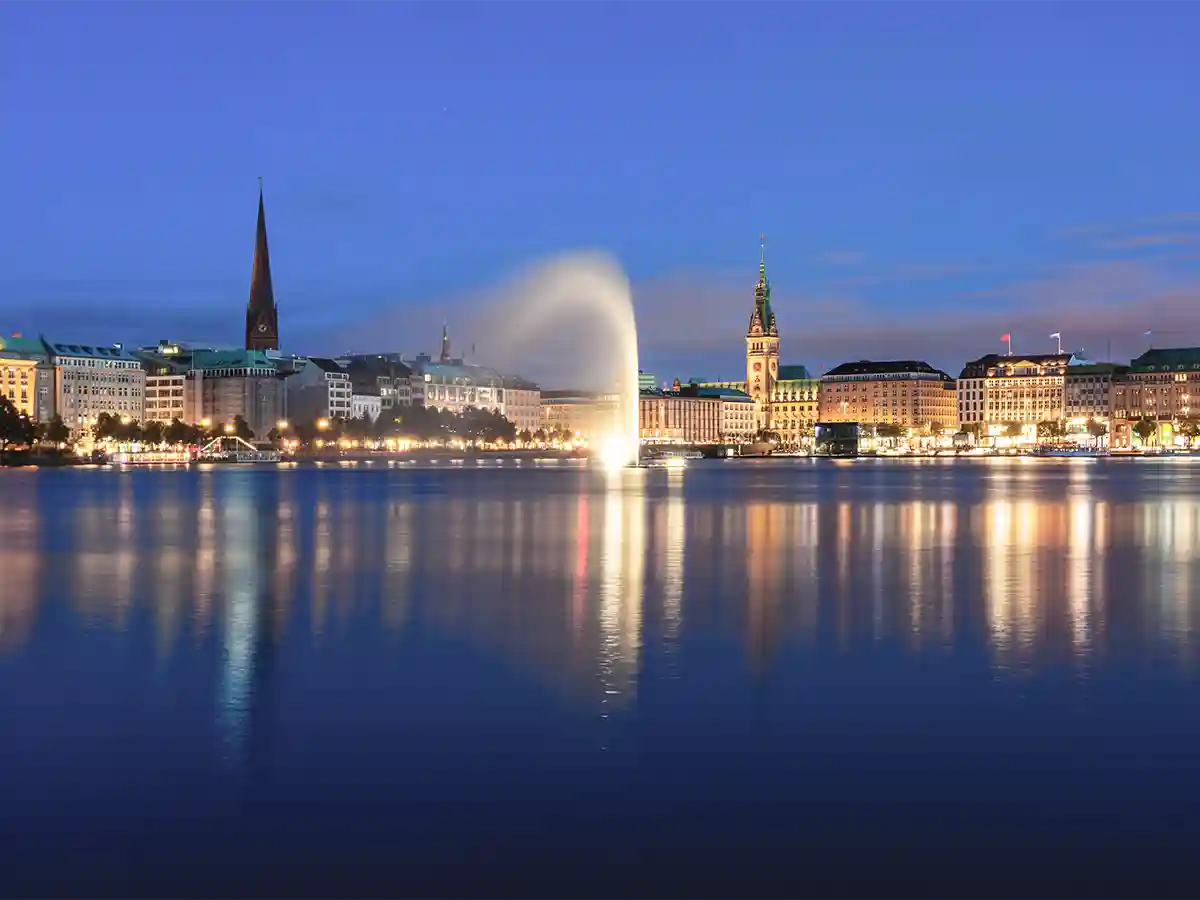
A quieter, residential area with leafy streets, local cafés, and a strong "actual people live here" vibe. Eimsbüttel is great for families, long-stay visitors, or anyone wanting to stay away from tourist crowds without feeling isolated. Plus, you're still well-connected to the rest of Hamburg by public transport.
Sternschanze
For those who prefer their travel experience with a side of hipster. Sternschanze (or just "Schanze") is packed with indie cafés, vintage shops, record stores, and graffiti-covered streets. It's ideal for travelers looking for a laid-back, local vibe with great nightlife that doesn’t involve glow sticks or bouncers in bow ties.
HafenCity
Modern, sleek, and still developing, HafenCity is Hamburg's ambitious waterfront district. Expect impressive architecture, wide-open spaces, and a short walk to the Elbphilharmonie. Hotels here tend to be stylish and new, with great views of the harbor. It's perfect for travelers who like their city breaks clean, quiet, and Instagrammable.
Day Trips from Hamburg
Hamburg is well-connected and makes an excellent base for exploring northern Germany. If you have extra time, these day trips offer a mix of history, culture, and small-town charm without the hassle of long-distance travel.
Lübeck
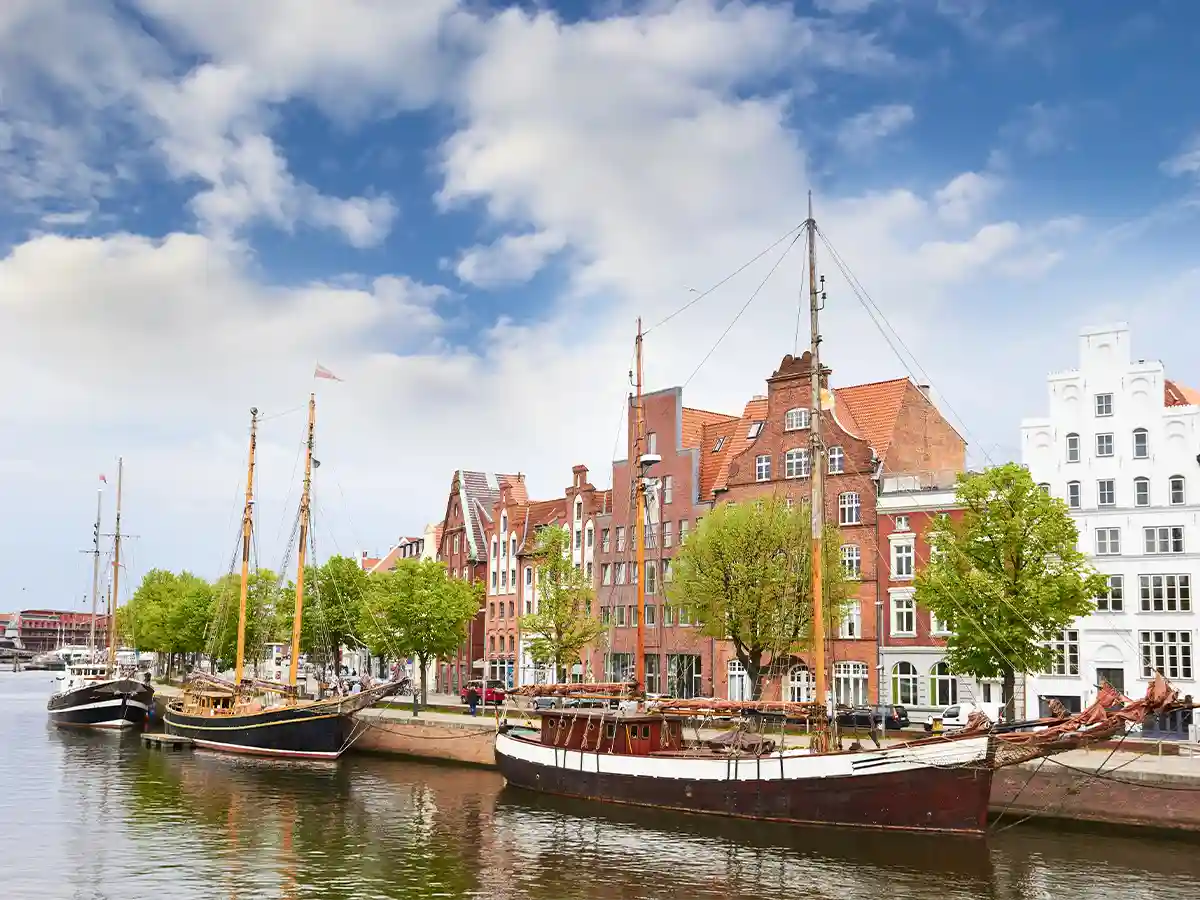
Just 45 minutes away by train, Lübeck is a medieval gem and UNESCO World Heritage Site. Known for its distinctive brick Gothic architecture and fortified Holstentor Gate, the city is also famous for marzipan — so prepare your sweet tooth accordingly. Wander the old town, visit the impressive St. Mary's Church, and soak in the Hanseatic history at every corner.
Lüneburg

Lüneburg is a pretty little town about 30 minutes from Hamburg, once made wealthy by its medieval salt trade. Today, it's full of narrow cobbled streets, red-brick facades, and a charming old harbor. The German Salt Museum offers a quirky look at its past, and the lively market square is a perfect lunch spot.
Bremen

About an hour from Hamburg by train, Bremen is another Hanseatic rival with plenty of character. The UNESCO-listed Town Hall and Roland Statue dominate the main square, and fans of fairy tales will recognize the Bremen Town Musicians statue from the Brothers Grimm story. It's a compact city that's easy to explore in a day.
Altes Land

Altes Land is Germany's largest fruit-growing region, located just outside Hamburg. Best visited in spring during apple and cherry blossom season or in autumn for harvest festivals, it's an easygoing day out. Expect half-timbered farmhouses, fruit stands, and scenic countryside perfect for cycling or driving.
2-Day Hamburg Itinerary
Here’s a suggested itinerary to help you make the most of a weekend in Hamburg. Efficient, but not exhausting.
Day 1: Historic & Modern Hamburg
- Morning: Start in Speicherstadt to admire the warehouses and canals, then wander into HafenCity for a look at Hamburg's modern waterfront development.
- Midday: Head to the Elbphilharmonie Plaza for sweeping views of the harbor (it's free to access the platform, but book a time slot online).
- Afternoon: Take a boat tour of the harbor for a different perspective of the city’s maritime power.
- Evening: Explore St. Pauli and the Reeperbahn for dinner, drinks, and a taste of Hamburg's nightlife scene.
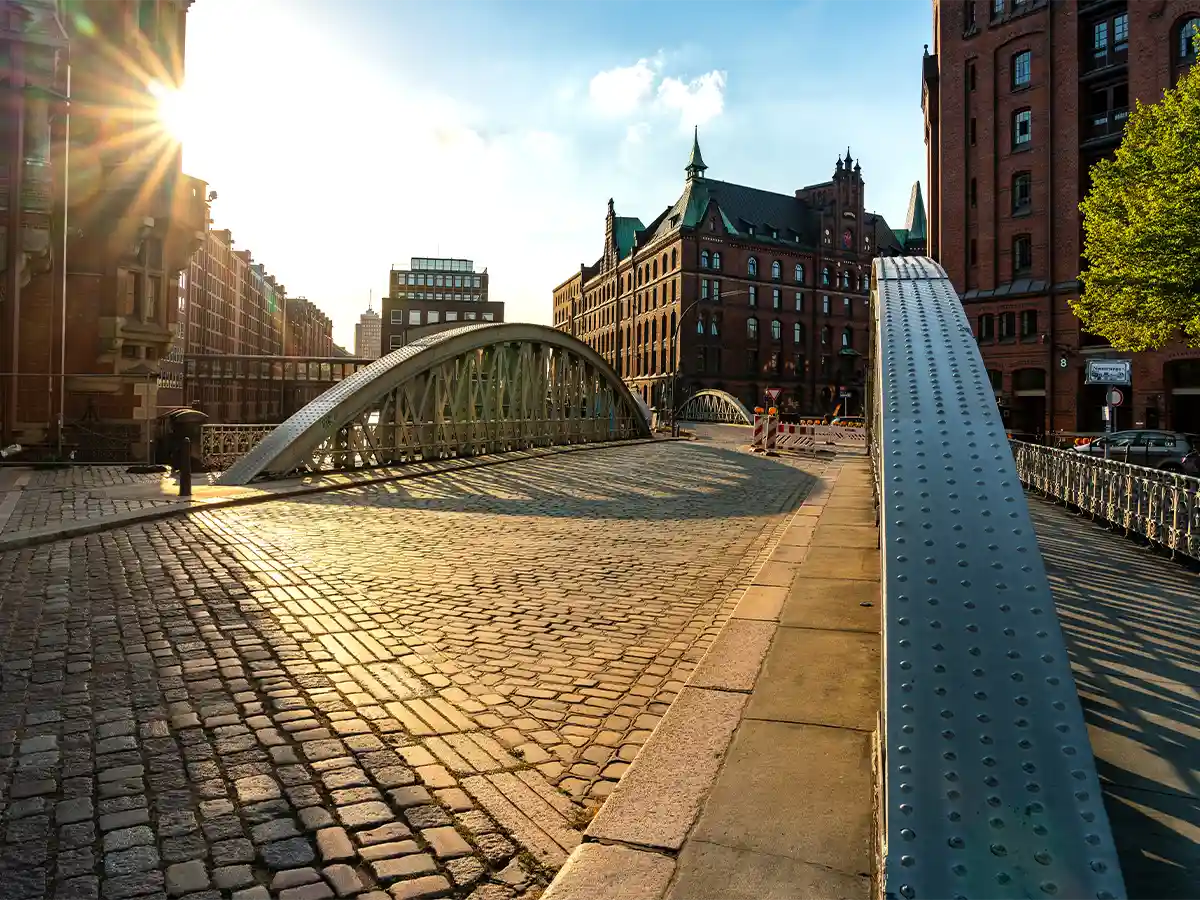
Day 2: Green Spaces & City Views
- Morning: Walk or rent a bike around the Alster Lakes for a relaxed start to the day.
- Midday: Visit St. Michaelis Church (Der Michel) and climb to the top for panoramic city views.
- Afternoon: Depending on your interests, spend time shopping in the city center, visiting a museum (like Miniatur Wunderland or the International Maritime Museum), or relaxing at one of the waterside cafés.
- Evening: Dinner in Sternschanze for a more local, neighborhood vibe away from the tourist crowds.
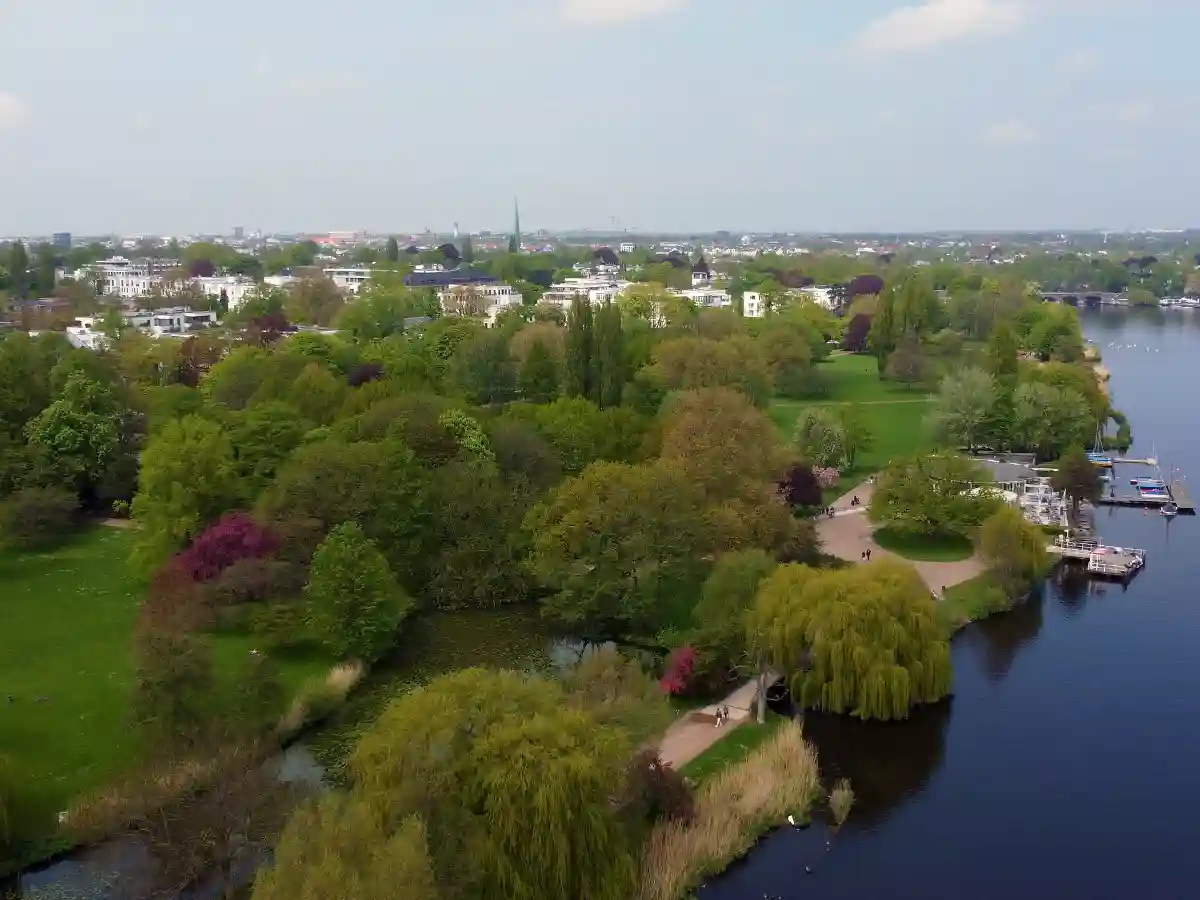
Practical Hamburg Travel Tips
- Safety: Hamburg is very safe for travelers. Be aware of pickpockets in busy nightlife areas.
- Public Transport: Use the HVV app for up-to-date schedules and routes. Ticket machines accept cards.
- Weather: Pack layers. Hamburg weather changes its mind frequently.
- Local Etiquette: People may seem reserved but are friendly when approached. Always greet with "Moin."
- Cash or Card?: Most places accept cards, but it's wise to have some cash for smaller shops, markets, and public bathrooms.
Final Thoughts
Hamburg is a city that quietly impresses. It's rich in history, full of character, and offers an unbeatable mix of things to do, from exploring historic districts to enjoying waterfront views. Pack a rain jacket, grab a Franzbrötchen, and prepare to fall for Germany's coolest port city.
Tschüss und bis bald!

FAQ: Hamburg Travel Questions Answered
Is Hamburg worth visiting?
Is Hamburg worth visiting?
Absolutely. Hamburg is one of Germany's most dynamic cities, blending maritime history with cutting-edge architecture and a genuinely cool cultural scene. It has world-class museums, scenic canals, and a nightlife scene that's equal parts gritty and glamorous. If you like cities with character, history, and a working harbor bigger than some small countries, Hamburg delivers.
Can I visit Hamburg in a weekend?
Can I visit Hamburg in a weekend?
Yes, a weekend in Hamburg is enough to hit the highlights, especially if you follow a focused itinerary. Expect to see major sights like Speicherstadt, the Elbphilharmonie, and the Reeperbahn, with enough time left over for boat rides or lazy afternoons by the Alster Lakes. If you're efficient (or powered by caffeine and Franzbrötchen), you'll leave feeling like you've seen a lot without needing a holiday to recover.
Do people speak English in Hamburg?
Do people speak English in Hamburg?
Yes, very widely. Hamburg is an international port city and tourism hub, so English is spoken in hotels, restaurants, museums, and most shops. However, learning a few German phrases or using "Moin" to greet locals will earn you extra friendliness points. And possibly a knowing smile.
What's the best food in Hamburg?
What's the best food in Hamburg?
Start with Franzbrötchen — a local cinnamon pastry that will ruin all other pastries for you. Seafood is also excellent thanks to the city's port heritage. Labskaus is a regional specialty (best described as a hearty sailor's mash-up), and Rote Grütze is your go-to dessert. For drinks, the local Astra beer or a Grog (rum-based hot drink) in winter keeps things very Hamburg.
Is Hamburg expensive?
Is Hamburg expensive?
Hamburg is more affordable than Munich but generally pricier than cities like Leipzig or Dresden. Expect mid-range prices for meals, accommodation, and attractions. Public transport is excellent and budget-friendly, especially with the Hamburg CARD. Dining out is reasonable, though waterfront views may add a premium. It’s not a shoestring budget city, but it's far from extortionate.
